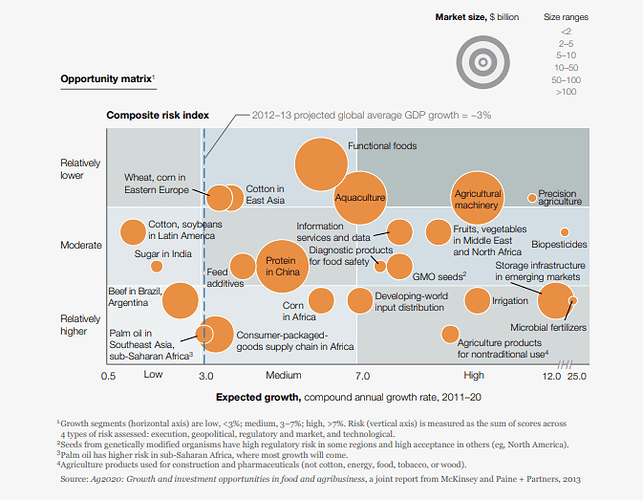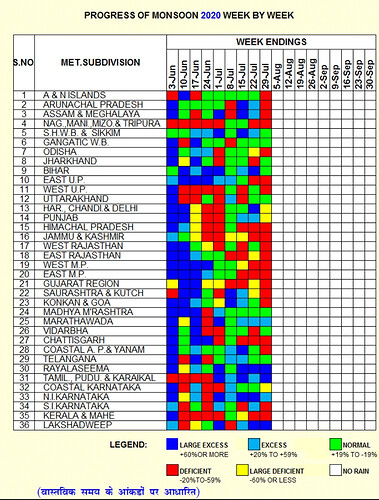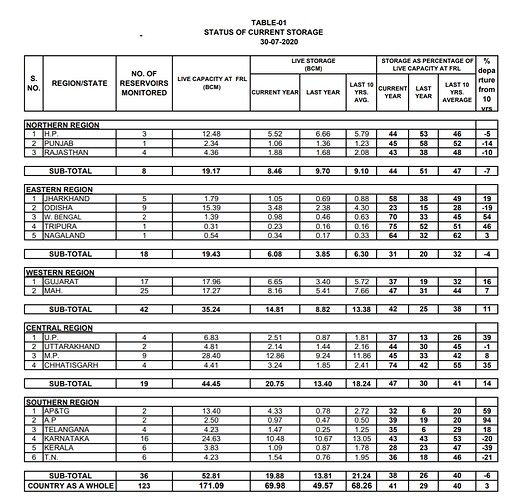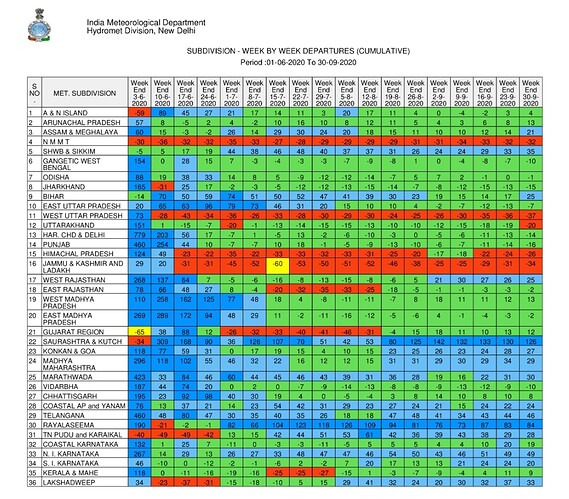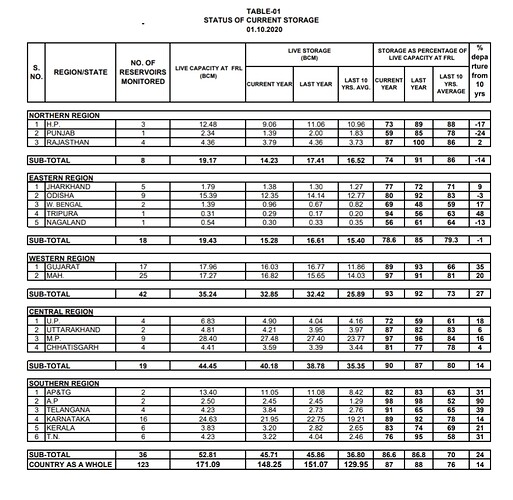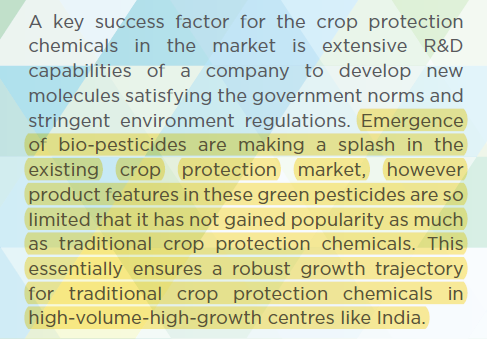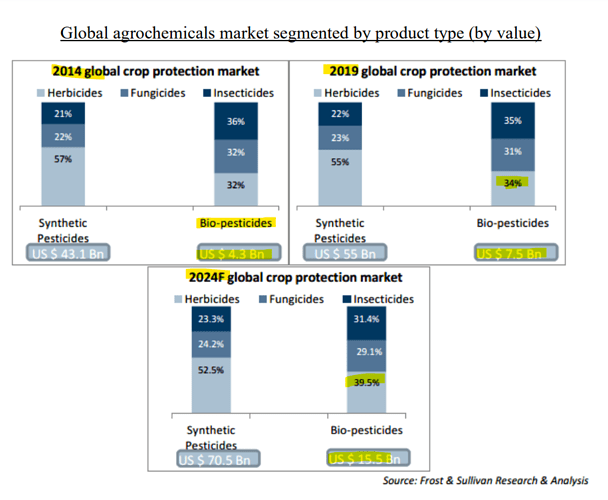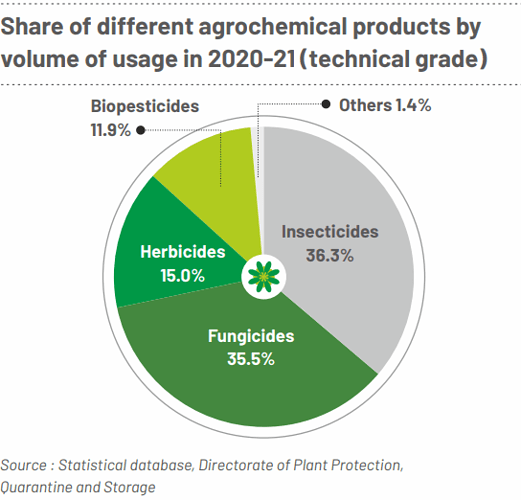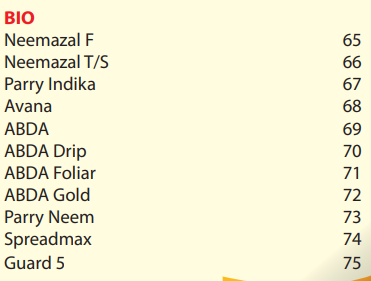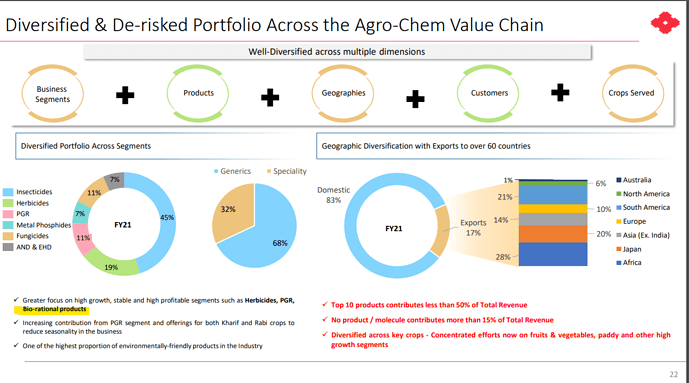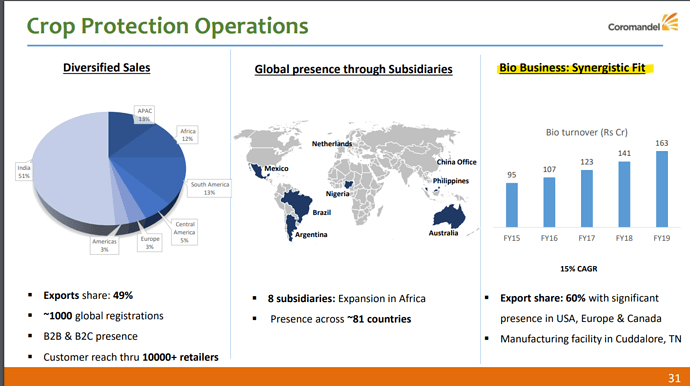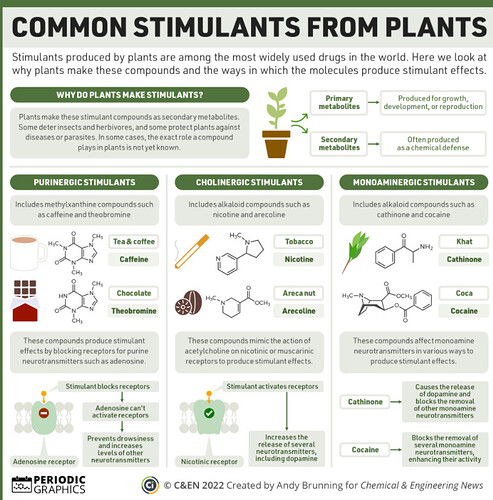Agricultural Industry Overview
Agriculture is the primary source of livelihood for about 58% of India’s population. It contributes 17% of India’s GDP. Indian food and grocery market is the world’s sixth largest, with retail contributing 70 per cent of the sales.
India is seeing a significant move towards urbanisation. With rise in aspirations, there is a steady migration of young people from rural areas to urban areas. This affects the population engaged in agriculture and also the people dependent on it. In addition, with changing lifestyles and more participation of women in the labour force, food patterns are changing. Increased population and shift from basic food to focus on nutrition is slowly changing the consumption pattern.
The industry can be looked through based on the various components;
Pre-Production and Production
- Fertiliser
- Seeds
- Water - Pumps, Drip Irrigation, Pumps
- Tractors, Tillers
- Labour
- Crop Insurance
- Finance
- Labour availability
Post-Production
- Transportation
- Warehouses
- Marketing ~ APMC, Intermediaries, Distribution Channel
Indian Agri Related Policy Landscape
Government has multiple initiatives for the agricultural sector considering the strategic nature and also the number of people associated with it. Some of the key initiatives are:
Policy Measures for Producers
Input subsidies
Soil Health Card Scheme: Create a soil health database to prevent overuse or improper use of fertilizers
Financial support
- Credit availability (farm loans, Kisan Credit Cards). Currently, there are 6.92cr Kisan Credit Cards in active use.
- Pradhan Mantri Krishi Sinchai Yojana (PMKSY): To increase irrigation and cultivable land
- Pradhan Mantri Jan Dhan Yojana: Though not directly, but provides access to formal banking channels to the unbanked section, a large proportion of whom happens to be farmers.
Price support - MSP
The primary objective of these policies is to retain self-sufficiency in primary commodities, support farmers’ income, and build grain stock for public distribution
Risk management policies
Pradhan Mantri Fasal Bima Yojana (PMFBY)
Land policies
Land Acquisition Bill
Certification
Paramparagat Krishi Vikas Yojana: Certification for organic farming
Policy Measures for Consumers
Consumer subsidy
Through public distribution system
Safety-net programs
School Feeding Programs
Cash based programs
MNREGA
Trade Policy
Import & Export Policies
- Import Tariffs
- Import/Export restrictions and bans
- Quotas
- Minimum Import Prices
Agri Production
India is the leading producer of milk, pulses, and spices and the second-largest producer of rice, wheat, cotton, sugarcane, farmed fish, sheep and goat meat, fruits, vegetables and tea.
Agri Marketing
Contrary to popular understanding, the 1991 liberalisation completely bypassed the agricultural sector. Agriculture continues to remain one of the most regulated sectors in India. Agri-marketing is one of the weakest links in the system.
Started in 2016, eNAM (electronic National Agricultural Market) covers 585 markets, 16 States and 2 Union Territories have been integrated. Inter mandi, inter-state trade had not picked up.
APMCs (Agricultural Produce Marketing Committee) have a stranglehold over the entire process of buying farm produce from the farmers. The margins tend to be very high, even to the extent of 60-70%. Farmers were forced by law to sell only through the APMCs. In most states, if they sold their produce outside the APMCs, they would still need to pay the APMC fees.
Government has recently bought in three ordinances to tackle the agri marketing and contract farming aspect of the sector.
‘The Farmers’ Produce Trade and Commerce (Promotion & Facilitation) Ordinance 2020’ aims to decouple agricultural trade from APMCs. Farmers can now sell their produce to anyone without going through an APMC.
‘The Farmers (Empowerment and Protection) Agreement on Price Assurance and Farm Services Ordinance 2020’ has laid the ground for contract farming. Transparent price assurances, embedded in written contracts between farmers and ‘sponsors’ would guarantee protection. A commodity trader, wholesaler or even a food processing company can now enter into a mutually rewarding arrangement, with farmers.
The third ordinance is an amendment to the Essential Commodities Act. Through this Ordinance, the government has taken out agricultural commodities like cereals, pulses, oilseeds, oils, onions and potatoes out of the essential commodities list. The amendment to the EC Act will allow clamping of stock limits on agricultural commodities only under “very exceptional circumstances” like natural calamities and famines.
This is likely to unshackle the agri trade and reduce prices for the end consumer but also improve farmer’s incomes by reducing margins from the middleman. For example, the current tax / commission rate in APMCs in Punjab stands at 8.5 per cent.


